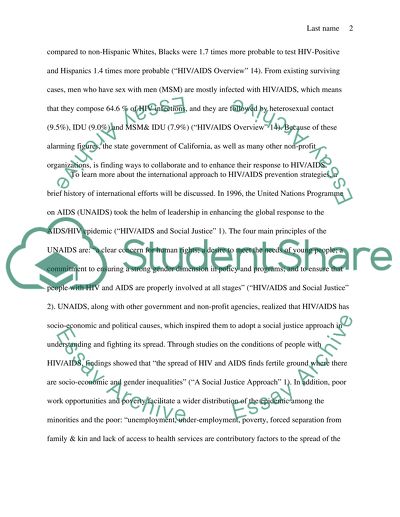Cite this document
(“When Faith Meets HIV/AIDS: A Black Church Prevention Approach Research Paper”, n.d.)
When Faith Meets HIV/AIDS: A Black Church Prevention Approach Research Paper. Retrieved from https://studentshare.org/religion-and-theology/1457577-when-faith-meets-hivaids-a-black-church-prevention-approach
When Faith Meets HIV/AIDS: A Black Church Prevention Approach Research Paper. Retrieved from https://studentshare.org/religion-and-theology/1457577-when-faith-meets-hivaids-a-black-church-prevention-approach
(When Faith Meets HIV/AIDS: A Black Church Prevention Approach Research Paper)
When Faith Meets HIV/AIDS: A Black Church Prevention Approach Research Paper. https://studentshare.org/religion-and-theology/1457577-when-faith-meets-hivaids-a-black-church-prevention-approach.
When Faith Meets HIV/AIDS: A Black Church Prevention Approach Research Paper. https://studentshare.org/religion-and-theology/1457577-when-faith-meets-hivaids-a-black-church-prevention-approach.
“When Faith Meets HIV/AIDS: A Black Church Prevention Approach Research Paper”, n.d. https://studentshare.org/religion-and-theology/1457577-when-faith-meets-hivaids-a-black-church-prevention-approach.


